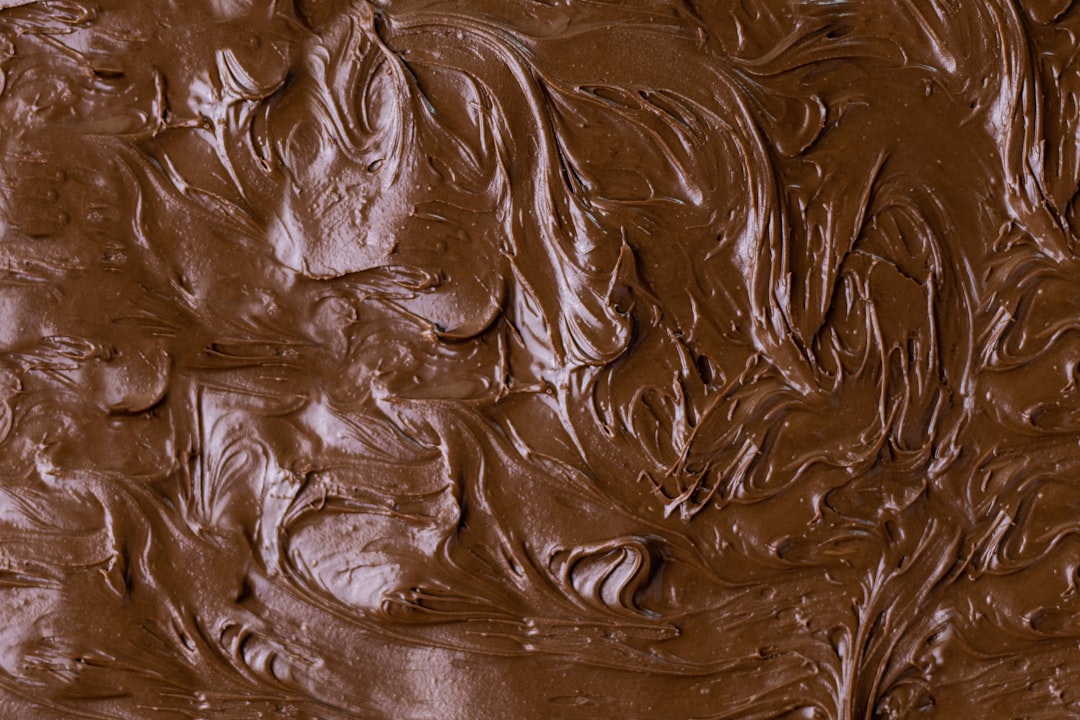What is it about?
Channels coated with catalyst can drive flows and act as microfluidic pumps. We show how the catalytic patterning and the shape of the channel both play a role in the direction and the magnitude of the flow rate. We find that for large enough channels, both directions are possible. If the channel is not fore-aft symmetric, the flow rate exhibits discontinuities and hysteresis cycles.
Featured Image

Photo by BoliviaInteligente on Unsplash
Why is it important?
Pumps are a central component of microfludic circuits, which find use in fields such as biomedical research, and the chemical industry. Our findings characterize a way to pump fluid in microfluidic systems that does not require moving parts. The ability to tune the flow direction and magnitude via the chemical patterning and the shape of the channel walls may be useful to produce more versatile pumps.
Perspectives
One of the things I like about this work is the fact that it showcases how a complicated problem may be boiled down to a relatively simple model without losing its fundamental aspects. By letting physical insight guide our approximations, we were able to reproduce phenomenology (stemming from highly non-linear equations) with a much simpler one dimensional set of equations. As a result, it was much easier to identify the relevant dimensionless numbers, and to understand the advection-enabled instabilities.
Goncalo Antunes
Helmholtz Institute for Renewable Energies
Read the Original
This page is a summary of: Turning catalytically active pores into active pumps, The Journal of Chemical Physics, October 2023, American Institute of Physics,
DOI: 10.1063/5.0160414.
You can read the full text:
Contributors
The following have contributed to this page










